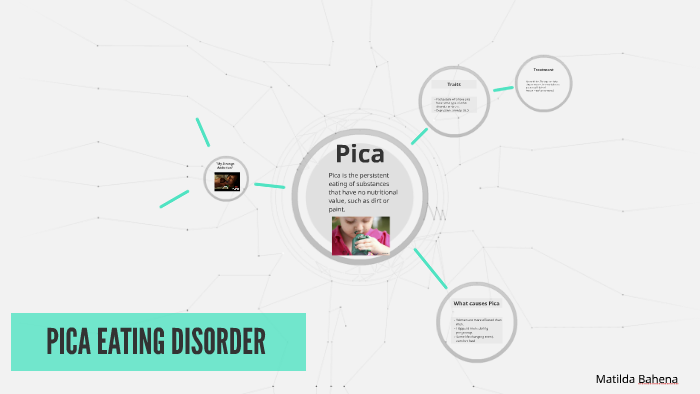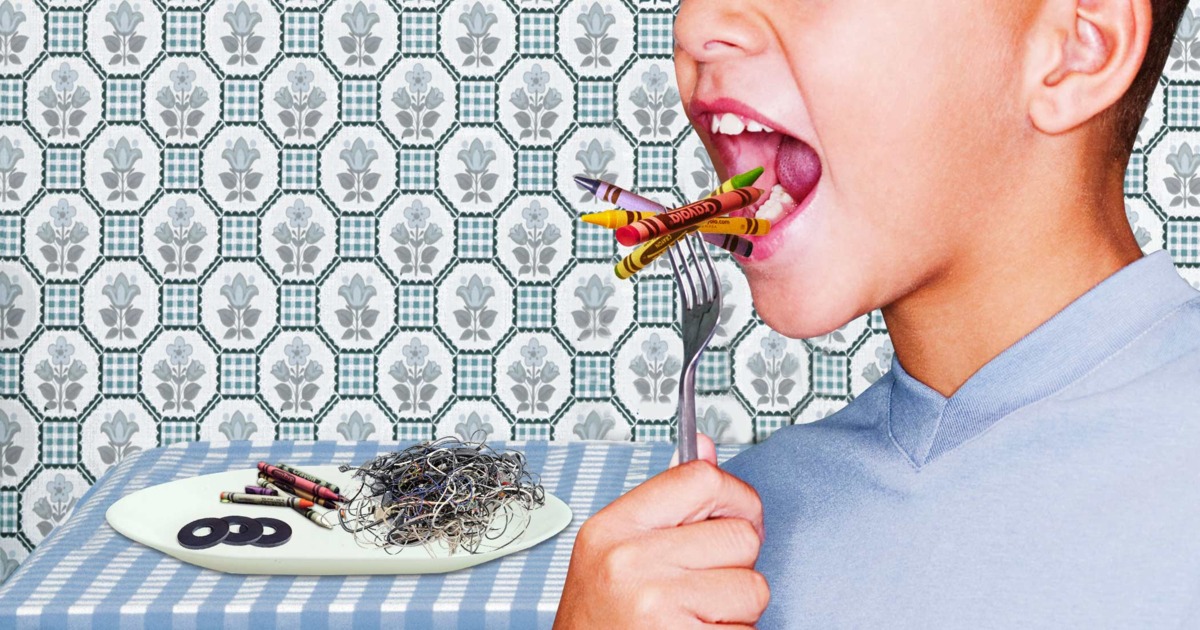
There are also sometimes cultural explanations, as to why certain populations practise pica.Ī 2016 meta-analysis of the worldwide prevalence of pica during pregnancy and the postpartum period estimated that 27.8% of women developed the condition while pregnant or after giving birth. There are also other theories around why pregnant women develop pica, including increased sensory sensitivity to certain smells, tastes and textures. Vitamin or mineral deficiency may be a cause, but nutritional problems are as likely to happen as a result of pica. Pica in pregnancy and postpartum: Eating non-food items has long been associated with pregnant women. Additionally, eating items such as clay may actually exacerbate iron deficiency, as clay binds to iron in the gastrointestinal tract. It’s unclear exactly what processes within the body result in the symptoms of the disease, however. Lack of iron, zinc or calcium, for example, may lead to people craving and eating non-food items.

Pica and malnourishment: Some scientists point to malnourishment, including mineral deficiency, as a factor in why people develop pica. These include not understanding the difference between edible and non-edible items, seeking sensory input, relieving anxiety or avoiding a demand. Pica and autism: The National Autistic Society says there can be medical, dietary, sensory or behavioural reasons why people with autism develop pica.

The prevalence of pica increases, the more severe the disability. Pica in children and adults with learning disabilities: Children and adults with learning disabilities are between 4% and 26% more likely to develop pica, than people without a learning disability. Research suggests that psychosocial stress may be an important factor in why some children develop pica – including where a child experiences maternal deprivation, parental separation, neglect, abuse or lack of parental interaction. In children over the age of 2, a diagnosis of pica is made when a regular pattern emerges of seeking out and swallowing non-food items – usually for a period of at least one month. During this phase, some babies and toddlers accidentally swallow non-food items. It’s part of exploring their world and learning through sensory input. This is because young children go through a developmental stage of putting non-edible objects into their mouth. Pica in children over the age of 2: In children under 2 years old, pica is not usually diagnosed. Pica can affect people of all ages but it’s most common for pica to start in childhood. Certain population groups are much more susceptible to the disease than others. Although there’s limited research into the causes and most effective treatments, studies have shown the ways in which pica affects children and adults. In serious cases, pica can lead to severe or fatal medical consequences, including poisoning, gastrointestinal obstruction or disease, dental and oral problems, parasites and other infections, problems in pregnancy and more. Pica sufferers may have one particular item that they consume or many different things. These can include soil, clay, paint chips, plaster, soap, detergent, shampoo, paper, chalk, stone, coins, bricks, cigarette ends, hair, clothing, toothpaste or any other non-food objects.

Pica is a rare eating disorder (or feeding disorder) where people develop cravings for and swallow inedible items.
#PICA CONDITION PROFESSIONAL#
At UKAT, we’d also like to see more compassion towards people with pica, so they feel supported to seek professional help and recover. Drawing from some of the available research, we’ll look at who pica affects, as well as possible causes and health risks of the disease. In this blog, we’ll explain what pica is. In the 21 st Century, however, there is still widespread stigma and sensationalism of the illness. Although rare, symptoms associated with pica syndrome have been documented by medical professionals for centuries. What is pica and who is most likely to develop the disorder? Are you aware of the signs and health risks of pica? If you don’t know, then you’re amongst the majority.


 0 kommentar(er)
0 kommentar(er)
